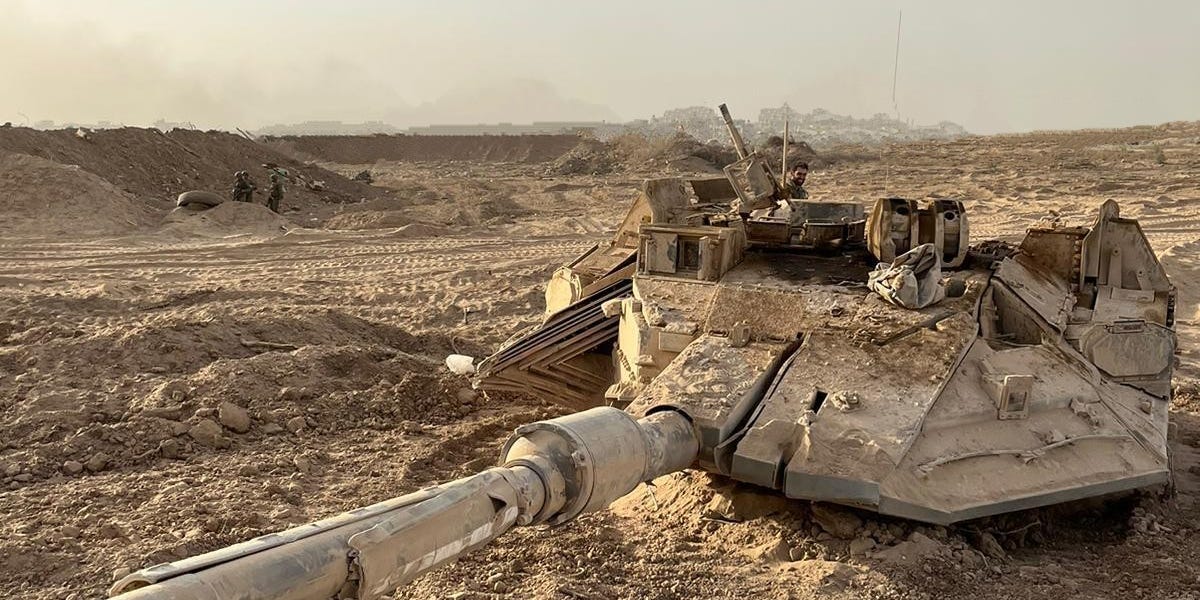McCabe & Mrs. Miller
In 1902, a mysterious gambler named John McCabe arrives in the unincorporated boomtown of Presbyterian Church, Washington, named after its only substantial building, a tall but mostly unused chapel. McCabe quickly takes a dominant position over the town's simple-minded and lethargic inhabitants, thanks to his aggressive personality and persistent rumors that he is actually a notorious gunfighter known as "Pudgy" McCabe.
To support himself, McCabe establishes a makeshift brothel, consisting of three prostitutes purchased for $200 from a pimp in the nearby town of Bearpaw. British cockney madam Constance Miller arrives and persuades McCabe to let her manage his brothel while he focuses on running a gambling hall. The two become financially successful business partners, turning their small business into the largest in town, and a romantic relationship develops between the two, though she charges him for sex.
As the town becomes richer, Sears and Hollander, a pair of agents from the Harrison Shaughnessy Mining Company in Bearpaw, arrive to buy out McCabe's business, as well as the surrounding zinc mines. Harrison Shaughnessy is notorious for having people killed when they refuse to sell. McCabe does not want to sell at their initial price of $5,500 but overplays his hand in negotiations by demanding too high an asking price. The agents leave in disgust, and Miller warns him that they will not return to negotiate and that his life is in danger.
Hired guns Butler, Breed and Kid arrive in town with a contract to kill McCabe. Appearing fearful, McCabe relents and agrees to sell. Butler refuses to parlay, declaring that McCabe is a fraud and has never killed anyone in his life. McCabe goes back to Bearpaw to find the agents, but after learning that neither are still around, he visits a lawyer, Clement Samuels, in the hopes of resolving the dispute peacefully. The lawyer, an aspiring politician, boosts McCabe's confidence and convinces him not to give in by arguing that he can set an example by standing up to Harrison Shaughnessy.
McCabe returns to town and tries to hide in the chapel, but the pastor grabs his shotgun and chases him out before being fatally shot by Butler. A broken lantern starts a fire in the church and the townspeople rush to help extinguish it. McCabe manages to kill Breed and the Kid in ambushes, but the Kid is able to wound him before dying. As the townsfolk mobilize to fight the chapel fire, McCabe is gunned down by Butler, using a hunting rifle; as Butler attempts to verify the kill, McCabe pulls a derringer and kills him. As the townspeople celebrate extinguishing the fire, McCabe dies alone in the snow, while Mrs. Miller lies sedated in an opium den.
McCabe & Mrs. Miller
In 1902, a mysterious gambler named John McCabe arrives in the unincorporated boomtown of Presbyterian Church, Washington, named after its only substantial building, a tall but mostly unused chapel. McCabe quickly takes a dominant position over the town's simple-minded and lethargic inhabitants, thanks to his aggressive personality and persistent rumors that he is actually a notorious gunfighter known as "Pudgy" McCabe.
To support himself, McCabe establishes a makeshift brothel, consisting of three prostitutes purchased for $200 from a pimp in the nearby town of Bearpaw. British cockney madam Constance Miller arrives and persuades McCabe to let her manage his brothel while he focuses on running a gambling hall. The two become financially successful business partners, turning their small business into the largest in town, and a romantic relationship develops between the two, though she charges him for sex.
As the town becomes richer, Sears and Hollander, a pair of agents from the Harrison Shaughnessy Mining Company in Bearpaw, arrive to buy out McCabe's business, as well as the surrounding zinc mines. Harrison Shaughnessy is notorious for having people killed when they refuse to sell. McCabe does not want to sell at their initial price of $5,500 but overplays his hand in negotiations by demanding too high an asking price. The agents leave in disgust, and Miller warns him that they will not return to negotiate and that his life is in danger.
Hired guns Butler, Breed and Kid arrive in town with a contract to kill McCabe. Appearing fearful, McCabe relents and agrees to sell. Butler refuses to parlay, declaring that McCabe is a fraud and has never killed anyone in his life. McCabe goes back to Bearpaw to find the agents, but after learning that neither are still around, he visits a lawyer, Clement Samuels, in the hopes of resolving the dispute peacefully. The lawyer, an aspiring politician, boosts McCabe's confidence and convinces him not to give in by arguing that he can set an example by standing up to Harrison Shaughnessy.
McCabe returns to town and tries to hide in the chapel, but the pastor grabs his shotgun and chases him out before being fatally shot by Butler. A broken lantern starts a fire in the church and the townspeople rush to help extinguish it. McCabe manages to kill Breed and the Kid in ambushes, but the Kid is able to wound him before dying. As the townsfolk mobilize to fight the chapel fire, McCabe is gunned down by Butler, using a hunting rifle; as Butler attempts to verify the kill, McCabe pulls a derringer and kills him. As the townspeople celebrate extinguishing the fire, McCabe dies alone in the snow, while Mrs. Miller lies sedated in an opium den.













